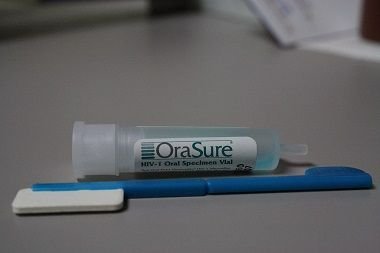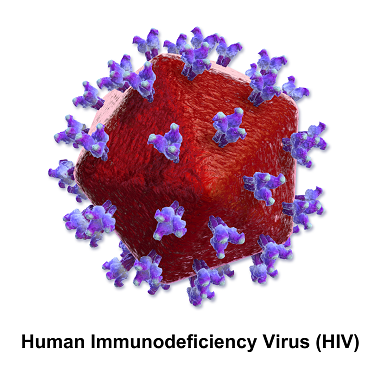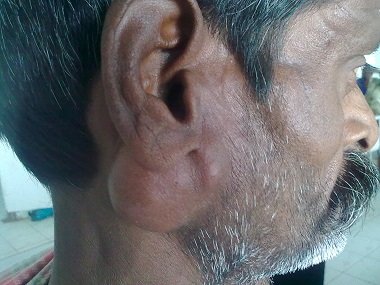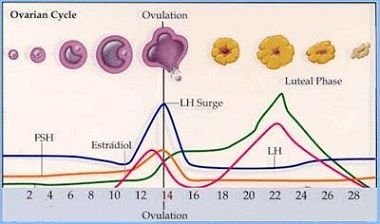
In my last post, I started discussion on the importance of saliva as a diagnostic tool. I was able to highlight the various advantages of using saliva for diagnosis over serum and I also discussed the various ways by which saliva can be used to diagnose diseases affecting the oral cavity. For those reading this post for the first time, you can find the link to my previous post below;
Saliva a Quintessential Diagnostic tool #1
Today, we are going to be concluding the topic by discussing the use of saliva for the diagnosis of systemic diseases.The various systemic conditions that saliva can be used as a diagnostic tools include;
MALIGNANCY

Elevated levels of salivary defensin-1 were also found to be indicative of the presence of oral Squamous Cell Carcinoma. In epithelia ovarian cancer, CA 125 is a tumour marker and it is found to be highly expressed in saliva. Hence saliva can be potentially used in screening of malignant diseases.
VIRAL DISEASES
The presence of immunoglobulins(Igs) antibodies in saliva was found to be a useful alternative to serum for the diagnosis of viral hepatitis. Acute hepatitis A (HAV) and hepatitis B (HBV) were diagnosed based on the presence of IgM antibodies in saliva.
Saliva has also been used for screening for hepatitis B surface antigen (HbsAg).Saliva may also be used for determining immunization and detecting infectious diseases such as; measles, mumps, and rubella. A better marker for rotavirus (RA) infection in newborn and infants was found to be salivary IgA because its response was found to be a better than that of the serum.

HIV

The use of ELISA and Western blot assay for the detection of antibody to HIV in whole saliva of infected individuals, correlated well with serum antibody levels. Decline in salivary IgA levels to HIV was observed as infected patients become symptomatic. Therefore, detection of IgA antibody in saliva of HIV patient has been suggested to be a prognostic indicator for the progression of HIV infection. Saliva can be collected non-invasively, which eliminates the risk of infection for the health care worker who collects the blood sample.
Using Saliva as a diagnostic tool especially in some individuals in whom taking of blood sample may be difficult such as individuals with compromised venous access , patients with haemophilia, and extremes of age (children and elderly) has also simplify the diagnostic process. Several salivary and oral fluid tests have been developed for HIV diagnosis.
A commercially available testing system in the United States that can be used for the diagnosis of HIV is known as Orasure. It works based on the collection of an oral mucosal transudate (and therefore IgG antibody). IgG antibody to the virus is the predominant type of anti-HIV immunoglobulin. Therefore, collection and analysis of saliva offer a simple, safe, well-tolerated, and accurate method for the diagnosis of HIV infection.
HEREDITARY DISEASES
Cystic fibrosis (CF) is a genetically transmitted disease of children and young adults, which is considered a generalized exocrinepathy. There is elevated calcium and phosphate levels in the saliva of children diagnosed with CF.
The saliva of patients with cystic fibrosis was found to contain more elevated levels of glycolipids, electrolytes (sodium, chloride, calcium, and phosphorus), lipid, phospholipids, urea and uric acid, and total protein. Saliva from CF patients was found to contain an unusual form of epidermal growth factor (EGF) and elevated levels of prostaglandins E2 (PGE2) were detected in the saliva of CF patients.
21-Hydroxylase deficiency is an inherited disorder of steroidogenesis which leads to congenital adrenal hyperplasia. In non-classic 21-hydroxylase deficiency, a partial deficiency of the enzyme is present. Salivary levels of 17-hydroxyprogesterone (17-OHP) were reported to be an excellent screening test for the diagnosis of non-classic 21-hydroxylase deficiency, since the salivary levels accurately reflected serum levels of 17-OHP.
AUTOIMMUNE DISEASES- SJOGREN’S SYNDROME

Sjögren's syndrome (SS) is an autoimmune disorder that affects the salivary glands. Consistent finding in this syndrome is increased concentrations of sodium and chloride as confirmed by saialometry . Decreased concentration of phosphate and elevated levels of b2 microglobulin, IgA, IgG, lactoferrin, and albumin were also reported in saliva of patients with Sjogren's syndrome although differences exist between patients.
In addition, elevated lipid levels and increased concentrations of cystatin C and cystatin S have been observed. Also, increase in salivary concentrations of pro-inflamatory mediators, such as eicosanoids, PGE2, thromboxane B2, and interleukin-6—have been reported . Elevated levels of salivary soluble interleukin-2 receptor were also found in SS patients. Elevated levels of salivary kallikrein, IgA and IgG antibody have been found in association with SS.
INFECTIOUS DISEASES
Helicobacter pylori infection is associated with peptic ulcer disease and chronic gastritis. Infection with this bacterium stimulates the production of specific IgG antibody. Testing for salivary antibodies against H. pylori yielded sensitivity of 85%, specificity which is comparable to serum IgG antibody.
DRUG MONITORING
Saliva can be used for monitoring drugs in two way; the therapeutic and abusive drugs.
The Therapeutic drugs that can be monitored in saliva are antipyrine, caffeine, carbamazepine, cisplatin, cyclosporine, diazepam, digoxin, ethosuximide, irinotecan, lithium, Methadone, Metoprolol , Oxprenolol, Paracetamol, Phenytoin, Primidone, Procainamide, Quinine, Sulfanilamide, Theophylline, Tolbutamide. The response of patients to these druds can easilly be detected and measued in saliva which will serve as a predictive value for prognosis and recovery.
The abusive drugs monitoring in saliva are Amphetamines, Barbiturates, Benzodiazepines, Cocaine, Ethanol, Marijuana, Nicotine, Opioids and Phencyclidine.
MONITORING OF HORMONE LEVELS
Saliva can be analyzed as part of the evaluation of endocrine function. Salivary cortisol levels demonstrate excellent correlation with free serum cortisol levels. Patients with Addison’s disease and Cushing’s syndrome can be diagnosed using their salivary cortisol levels .
In patient with primary aldosteronism, increased aldosterone levels were found in both the serum and saliva of these patients which demonstrated a high correlation with serum aldosterone levels. Testosterone and dehydroepiandrosterone have also been identified in saliva. Therefore, the assessment of testicular function using salivary testosterone levels has also been proposed.

In conclusion, there is no doubt that saliva has a wide role to play in the diagnosis of various local and systemic diseases. A lot of researches are still ongoing to unravel other areas where saliva can be applied in making diagnosis. It is my hope that all these will be maximally annexed to make life easy for you and me.
Thank you for reading .
Please note: All pictures used in this post are labelled for free usage.
Image credit
Image 1
Image 2
Image 3
Image 4
Image 5
Image 6
Being A SteemStem Member